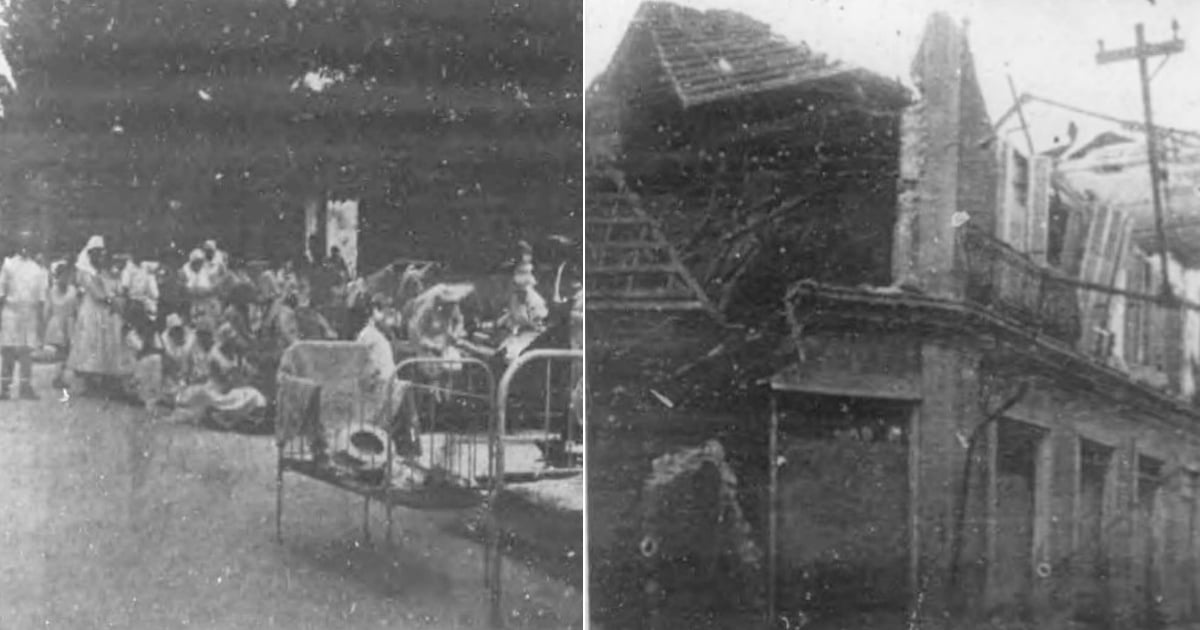Despite not being in one of the world's most active seismic zones, Cuba has experienced significant earthquakes that have left a profound impact on its history and the memories of its people. These events have predominantly occurred in the island's eastern region, influenced by the Oriente fault, a major seismic generator in the Caribbean.
Notable Earthquakes in Cuban History
The historical record of significant earthquakes in Cuba begins in 1528 with a seismic event of intensity VI in Baracoa, though no additional details are available about it. Since then, numerous noteworthy events have been documented, particularly in the eastern part of the island.
One of the oldest and most lethal earthquakes struck on June 11, 1766, in Santiago de Cuba, with an estimated magnitude of 7.6. This earthquake decimated much of the city, including churches and government buildings, resulting in 120 deaths and over 600 injuries. The quake was felt as far as Havana and neighboring Jamaica, with many aftershocks occurring within the following 48 hours.
Another significant event took place on August 20, 1852, again in Santiago de Cuba. With an estimated magnitude of 7.2, this quake incited widespread panic, resulted in two fatalities, injured a dozen people, and caused structural damage to over 600 buildings, including the Metropolitan Cathedral, which had to be rebuilt.
Recent Seismic Activity and Insights
In more recent history, on February 3, 1932, a magnitude 6.7 earthquake shook Santiago de Cuba for 18 seconds, partially or completely destroying 60% of masonry structures. This event resulted in 13 deaths and around 2,000 injuries, although some sources report lower figures. At the time, Bohemia magazine published striking images and listed buildings that sustained damage.
On May 25, 1992, another significant earthquake of magnitude 6.9 struck Cabo Cruz, marking one of the strongest seismic events of the 20th century in Cuba. More recently, on January 28, 2020, a magnitude 7.7 earthquake hit the same region, becoming the most intense in the island's modern history.
In 2023, the National Center for Seismological Research (CENAIS) reported a total of 7,475 earthquakes across the country, though only 14 were perceptible to the population. These events ranged in magnitude from less than 3 to 5.9, with 70% concentrated along the Oriente fault. This year, the most notable seismic activity occurred in Bartolomé Masó, Granma, where two consecutive earthquakes of magnitude 6.0 and another of 6.7 were recorded. Despite their brief duration—the 6.7 magnitude event lasted only seven seconds—they caused material damage and injured more than a dozen people.
Understanding Earthquake Terminology
The terminology used to describe seismic movements often leads to confusion. Many believe "earthquake," "quake," and "tremor" have different meanings, but they are synonyms describing any movement of the earth's crust. Popularly, a tremor is seen as a mild shake, while an earthquake is considered a strong one. However, scientists classify these events by magnitude (energy released) and intensity (effects felt on the surface). Earthquake magnitude is measured using various scales, with the Richter scale once being the most popular. Today, seismologists prefer simply referring to "magnitude" using several modern methodologies.
The recurrence of significant earthquakes in Cuba, especially in the eastern region, underscores the need for preventive measures and earthquake-resistant building codes, such as NC 46/2017. Recent studies suggest a high likelihood that the Oriente fault could generate a magnitude 7 earthquake in the near future, emphasizing the importance of preparedness and education to mitigate the impacts of these events. The most powerful earthquakes in Cuba have shown a recurrence period exceeding 100 years, indicating that while large-magnitude events are not frequent, they are highly destructive.
